Poor Healing After Humeral Shaft Fracture Surgery? Scientific Rehabilitation Exercises to Promote Recovery
If you have any queries or suggestions, please feel free to reach out via email to info@harisonfitness.com. We will do everything in our capacity to ensure that you love your experience with us.
After humeral shaft fracture, some people have poor follow-up results in healing, mainly due to the lack of proper repair training after surgery.
01 Causes of humeral shaft fracture
Reason 1: Direct Violence
Direct violence mainly refers to the fracture of the humeral shaft caused by violent means, such as violent collisions, strong blows, and even severe compression, which may cause the fracture of the humeral shaft.
Reason 2: Indirect Violence
Indirect violence mainly refers to falling from a high place or falling between pushing and shoving. If the hand, arm, or elbow joint directly touches the ground at this time, under the dual effects of huge impact force and the injured person’s own weight, it can also cause humeral shaft fracture.
Reason 3: Reversing Violence
This reason mostly occurs in athletes, such as throwing shot put or wrestling with others, which require force from the humerus. Once the force is applied incorrectly, it will generate strong twisting force, leading to a fracture of the humeral shaft.
02Complications after humeral shaft fracture
After humeral shaft fracture, in addition to bone fracture being its main result, some complications may also occur. If left untreated or not properly repaired after surgery, the consequences can be severe. Especially in terms of nerve damage, if not repaired properly, it may even have lifelong effects.
03 Postoperative rehabilitation training movements
Action 1: Internal rotation of shoulder joint
This action is a sitting posture, with the upper body standing upright and sitting on a chair. Lift the forearm of the affected arm, keep the upper arm still, and slowly approach it inward until it is one punch away from the chest. Open the palm, relax the muscles, and repeat the exercise. The time is about 16 seconds.
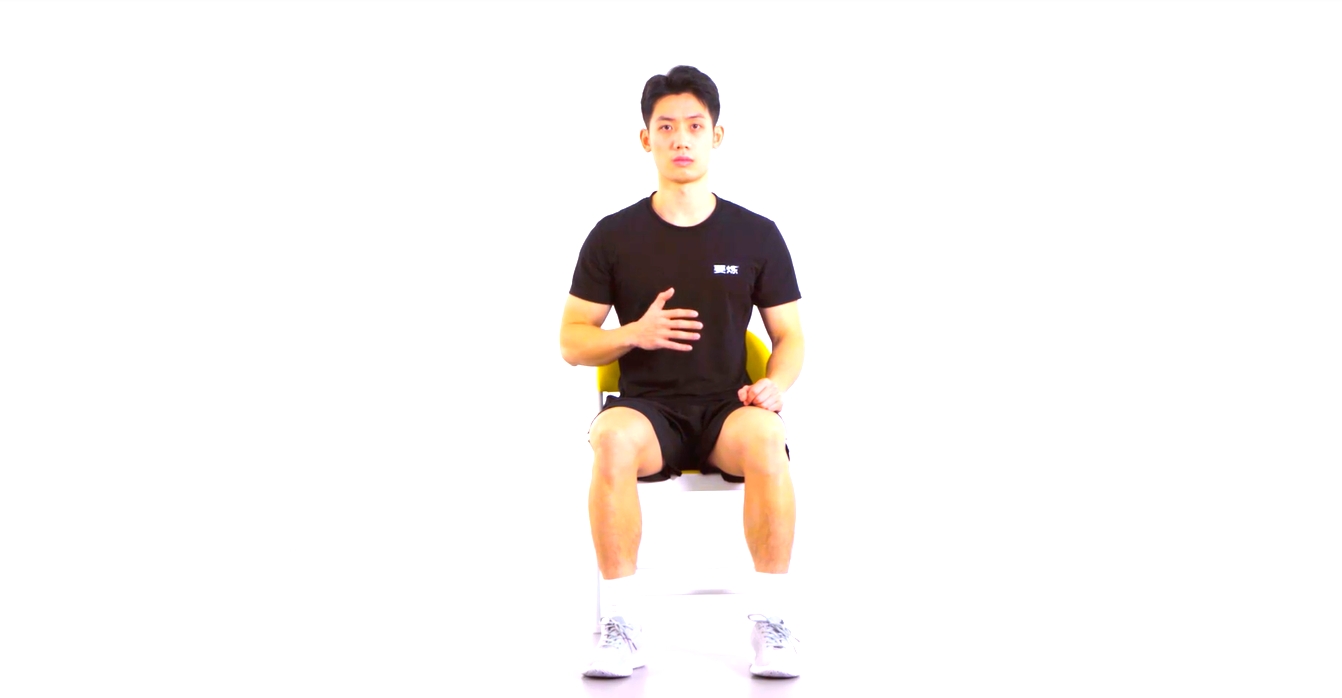
Action 2: External rotation of shoulder joint
This action is a sitting posture, with the upper body standing upright and sitting on a chair. Lift up the forearm of the affected arm, keep the upper arm still, and slowly move the forearm outward. The amplitude does not need to be too large, about 45 degrees. Repeat this action for about 16 seconds.
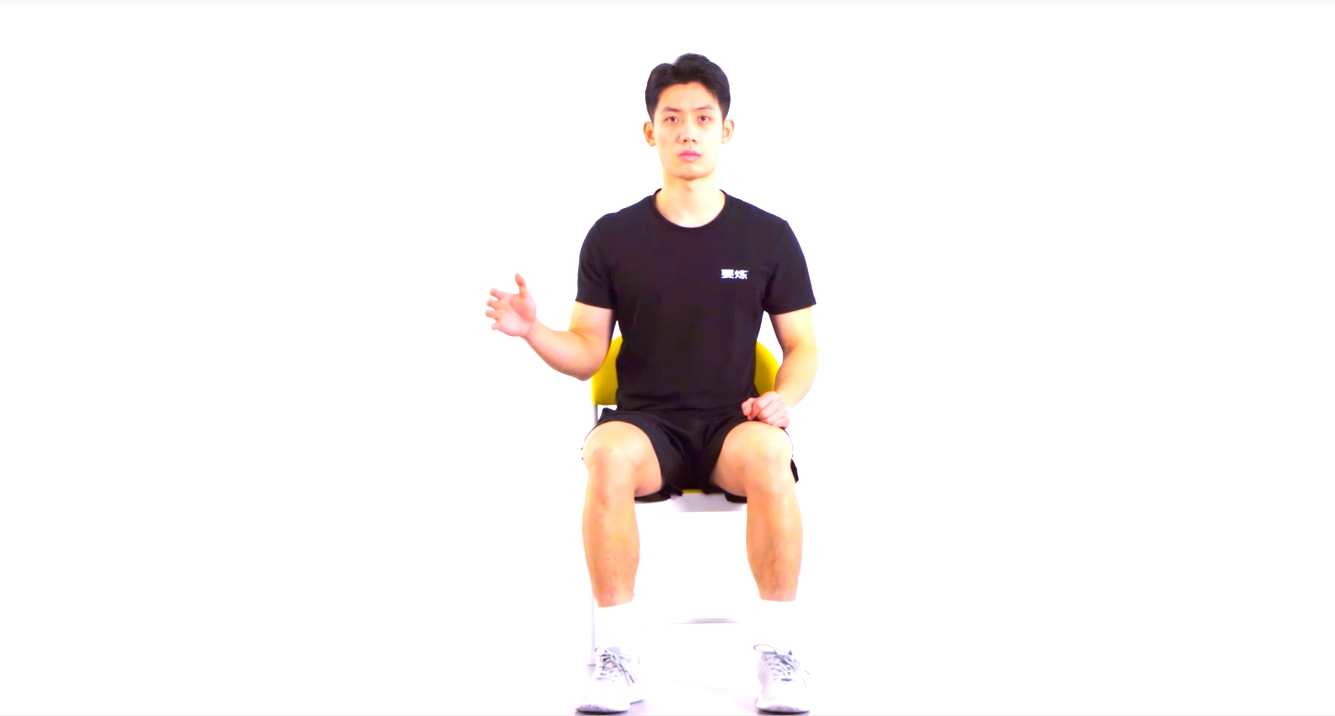
Action 3: Forward flexion of shoulder joint
This action is a sitting posture, with the upper body upright and sitting on a chair. Extend the arm on the affected side forward, open the palm, slowly raise it, and then slowly lower it. Repeat the action for approximately 16 seconds.
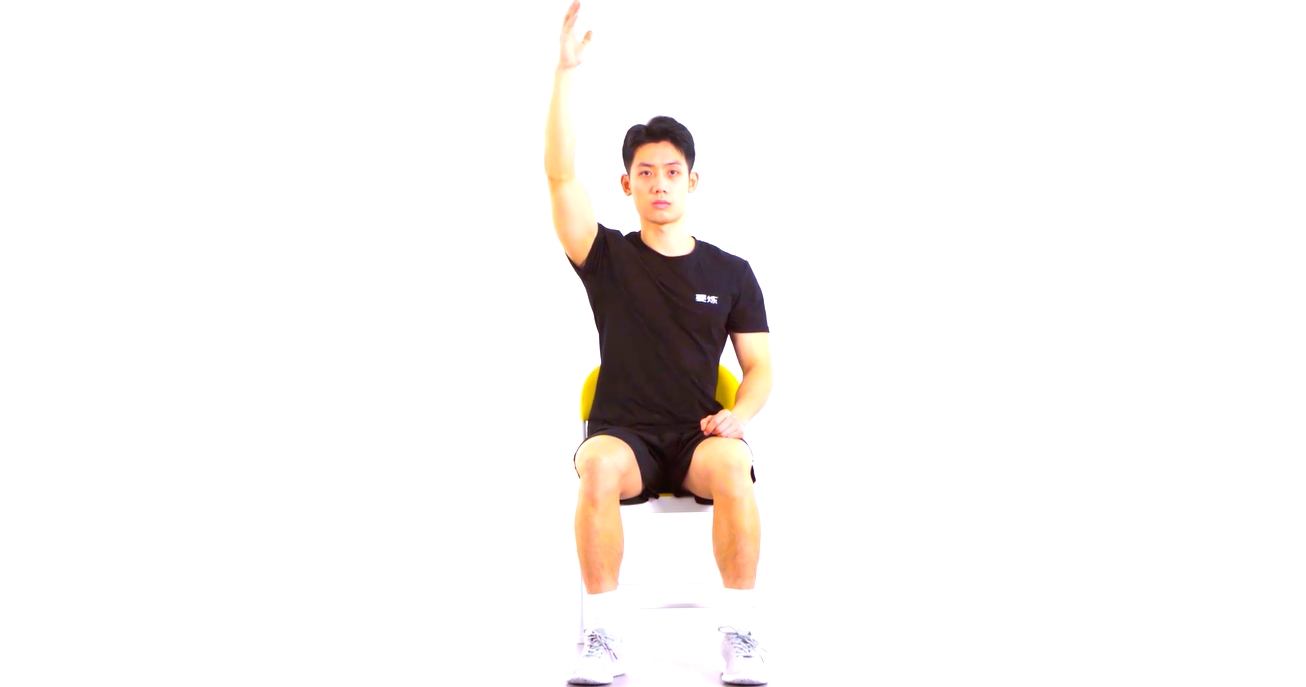
Action 4: Shoulder joint extension backwards
This action is a sitting posture, with the upper body upright and sitting on a chair. Lower the affected arm naturally, open the palm in a relaxed state, and slowly extend it backwards. Repeat the action for approximately 16 seconds.
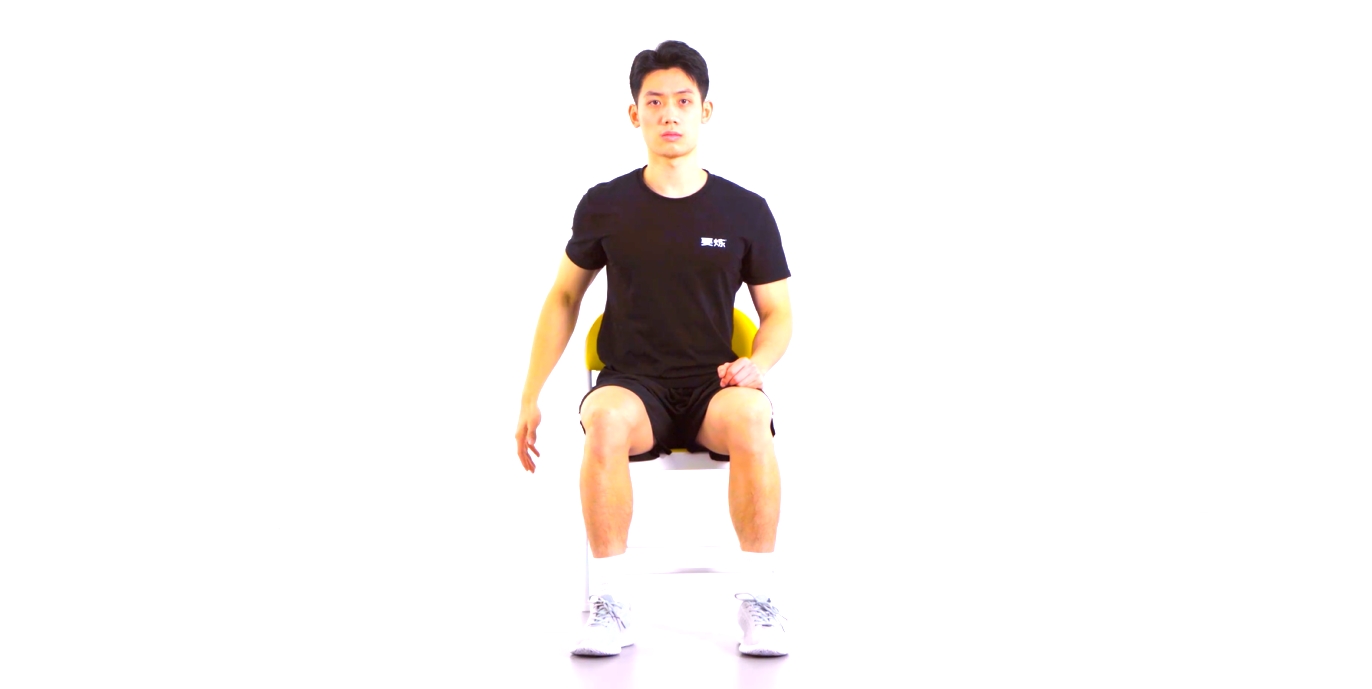
Action 5: Raise your hand
This action is a sitting posture, with the upper body upright and sitting on a chair. Grasp a wooden stick with both hands, open your arms shoulder width apart, and slowly lift it up. Repeat the action for approximately 16 seconds.
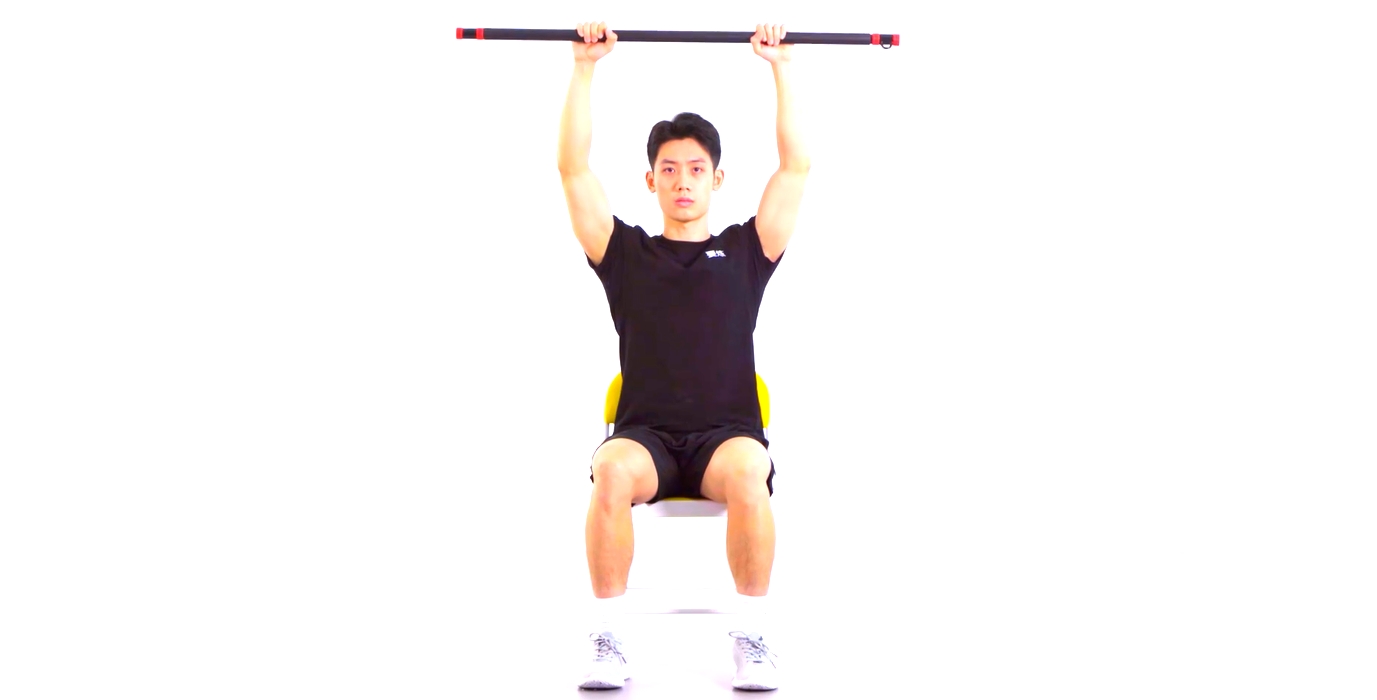
The above actions can all be used as postoperative repair actions. Practice 2-3 times a day. It can strengthen movement control, maintain the range of motion of upper limb joints, and prevent postoperative adhesions.




Leave a Reply
Want to join the discussion?Feel free to contribute!